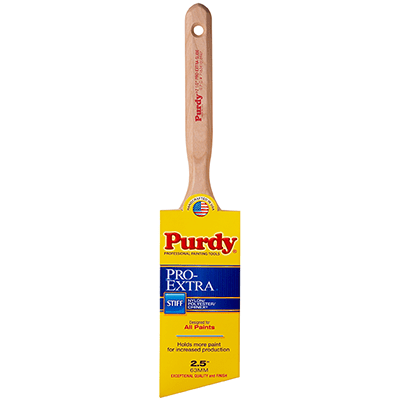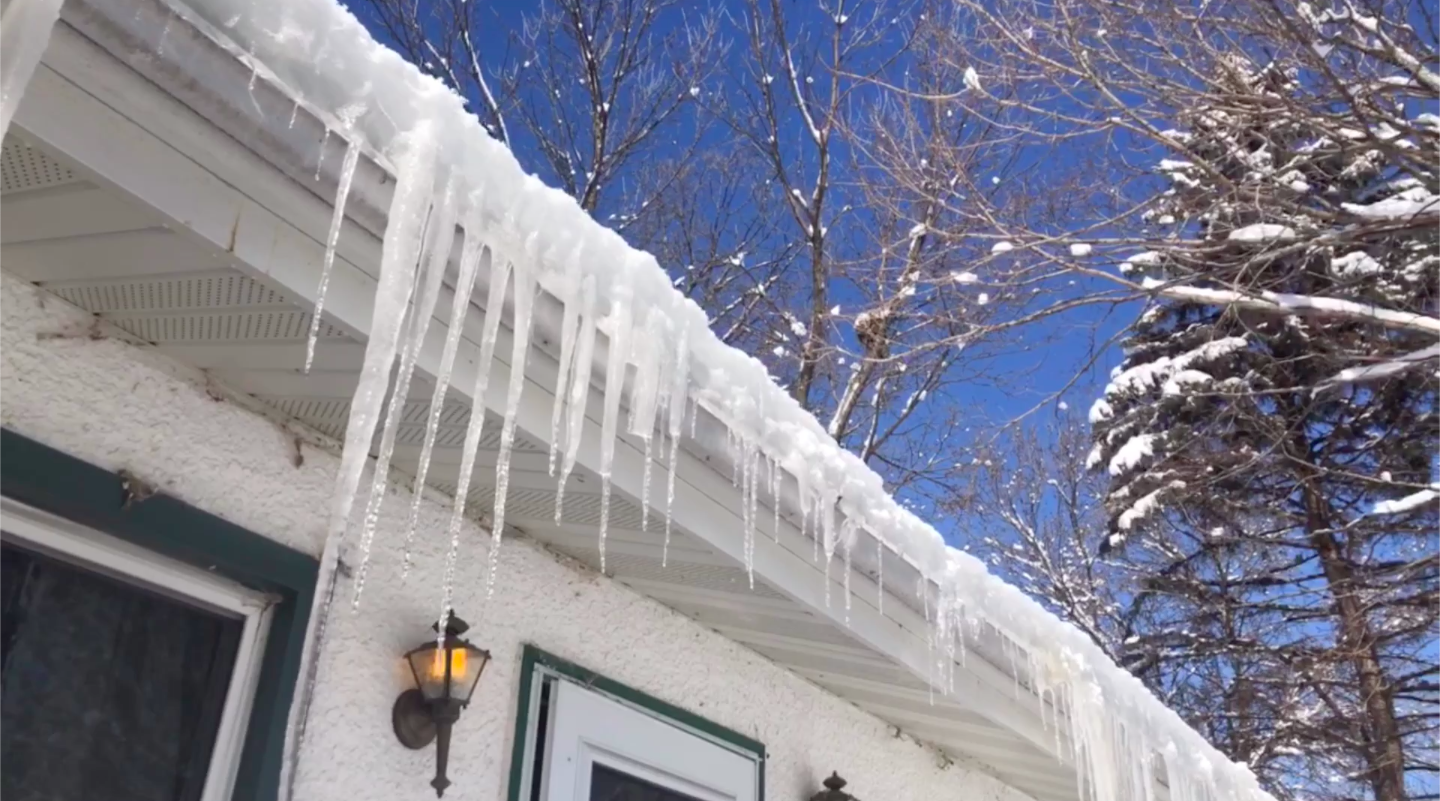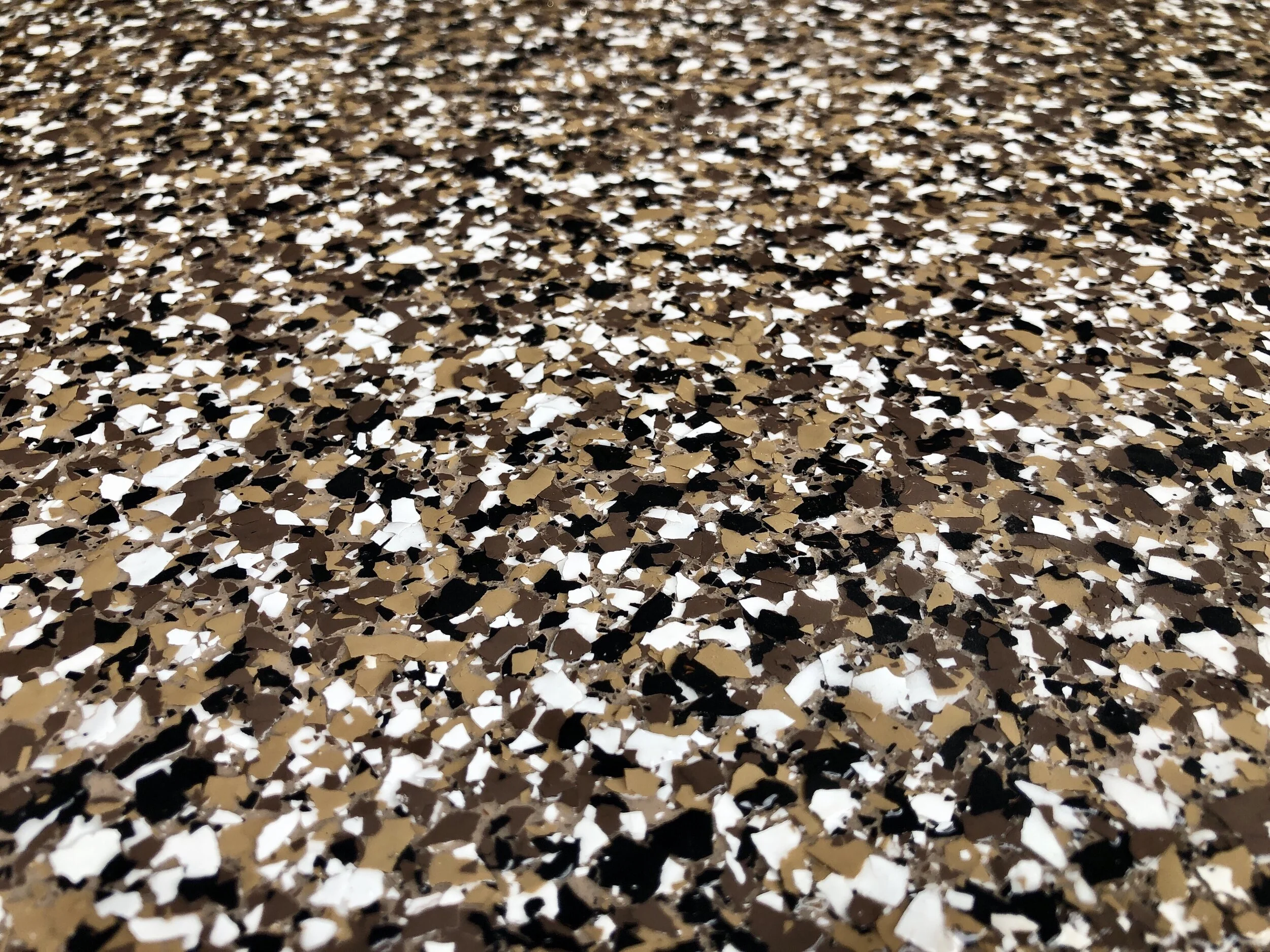In this guide we’re going to share some home maintenance tips & tricks to help you keep your biggest investment in tip-top shape.
TEST YOUR SUMP PUMP TO AVOID FLOODING
If your basement has a sump pump, you should test it twice a year. Sump pumps typically last about 10 years, and with proper maintenance, can last even longer. Sump pumps are your last line of defense against flooding, condensation build-up and drain back-ups.
To test your sump pump:
Remove debris from the outside pump
Restart the pump (unplug and plug back in)
Pour water into the sump crock and make sure the pump starts running and pumping the water away
PROTECT YOUR HOME FROM TERMITES
Termites pose a considerable risk to our homes, and are a problem that should be dealt with immediately! Termites are unable to survive in sunlight, so you’re most likely to find them in your basement. Periodically check your basement for gaps, holes and cracks where they can enter (and use a spray foam to plug those entry points), as well as for signs of wood damage. To do the latter, poke your woodwork with a screwdriver and check for weakness. If the wood is flaky or rotting, you might already have a problem that needs a professional solution.
REPLACE THE BATTERIES IN YOUR SMOKE & CARBON MONOXIDE DETECTORS
To be safe, your home should have at least one of each type of detector on each level of your home. Twice a year, change the batteries in each detector. An easy way to remember to change the batteries is to do it at the same time you change your clocks for daylight savings time. After replacing the batteries, make sure to hold down the test button for 15-20 seconds so that you can ensure that the new batteries aren’t faulty.
INSPECT YOUR FIRE EXTINGUISHER
If your extinguisher isn’t ready in an emergency, it’s really not worth having. Make a note to check your extinguisher annually.
To test your fire extinguisher, you should make sure:
Your fire extinguisher is accessible
The safety seals are intact
The pressure gauge is within normal parameters
There is no damage (corrosion, dents, leakage)
CLEAN YOUR CHIMNEY
Build-up from dirt, birds’ nests or other objects that have fallen down your chimney can become a danger if they catch fire. Likewise, a chimney that doesn’t efficiently air your house out can cause carbon monoxide build-up. Unfortunately, cleaning your chimney on an annual basis as a DIY project isn’t advised, and is best left to a professional chimney sweep. They will be able to properly clean and inspect your chimney.
CLEAN YOUR REFRIGERATOR COILS
Dust, grease and dirt get stuck to the coils behind your refrigerator over time. Not only can this make your appliance run less efficiently, but can also be a danger, as the coils are what your refrigerator uses to cool down. If the coils are insulated with grime, your refrigerator will have to work harder to get colder, or will overheat. The best way to clean the coils is by vacuuming them twice yearly.
To clean your refrigerator coils:
Unplug your refrigerator, and pull it away from the wall
Find the coils – they should either be behind a metal plate or under a grill on the back of the appliance
Use the brush attachment on your vacuum to work the grime away without forcing it
Finish by using a cloth to gently wipe the coils down to catch any remaining dirt
BLEED YOUR RADIATORS
Unfortunately, your radiators will not maintain themselves. They will need to be bled each winter to ensure they are running efficiently. Bleeding a radiator means removing any excess air, which allows the radiator to get warm without excess power consumption.
To bleed your radiator:
Release the valve and hold a rag underneath it to catch any drips
Let the air seep out
When the air sound stops, tighten the valve back up
KEEP YOUR GUTTERS CLEAN
Cleaning your gutters isn’t a fun task, but it can save you money on replacement gutters and potentially from having to repair water or roof damage. In the winter, gutters can fill with ice that can strain the gutter material, and during the rest of the year, they can fill with all manner of other debris causing them to easily overflow and break, as well as put strain on your roof. It is recommended that you check and clean your gutters every spring and fall.
To clean your gutters:
Put a ladder safely against the side of your home (enlist the help of a spotter if you can)
Scoop the contents of the gutters out using a small shovel
Flush the gutters with a hose
Seal leaks and replace damaged gutters as needed
CHECK YOUR DOOR AND WINDOW LOCKS AND SEALS
The exterior of your windows and doors are prone to damage from the elements, which can cause the seals around their frames to rot away over time. Rotted seals mean that you’ll have a more difficult (and costly) time heating and cooling your home. If needed, your seals can be replaced quickly and inexpensively.
To check your door and window locks and seals:
Open and close all windows and doors
When you secure the locks, is there a gap between the seals?
Trap a $1 bill between the seals, lock the doors and windows, and then try to remove the bill
If the bill slips out easily, there is a gap and you may need to either replace the lock or the seals
To determine what is causing the gap, firmly grab the handle and try to wiggle the door or window in its frame
If the door or window moves, you likely need to replace the lock
If the door or window doesn’t move, you likely need to replace the seal
NOTE: This $1 bill method can also be used on your refrigerator to check to see if the seal has loosened over time!
CLEAN THE HOOD FILTER ON YOUR RANGE
Hood filters can quickly get clogged with grease, especially if you do a lot of frying. In order to stop the grease from getting inside your range, filters are designed to trap the grease.
To clean your hood filteR:
Remove the filter by popping it out
Fill a bucket with boiling water, dish soap and ¼ cup of baking soda
Stir the contents of the bucket and submerge the filter for 10 minutes
Remove the filter, scrub clean and leave to dry
CHECK YOUR TOILET FOR LEAKS
Leaks account for 12% of all water used in the US, and often your toilet is the culprit.
To check your toilet for leaks:
Remove the tank lid
Add 10 drops of food coloring into the tank
Replace the tank lid
After 15 minutes, check the toilet bowl
If the water in the toilet bowl is food colored, you have a leak and need to replace the flapper
To replace your toilet’s flapper:
Turn off the valve behind the toilet to shut off the water supply
Remove the toilet lid and flush
Mop out excess water with a sponge
Remove the chain from the lever
Slide the faulty flapper up and off the overflow tube
Replace the flapper, re-hook the chain, turn on the water and test again
CHECK YOUR ROOF FOR DAMAGE
Spring is the time when you are most likely going to notice any damage to your home caused by a harsh winter. Safely using a ladder, inspect your roof for broken or warped shingles and cracks, and make repairs in preparation for next winter.
REPAIR DAMAGED WINDOW SCREENS
Window screens can easily become torn, but as long as the frame is still in good condition, you can repair.
To repair your window screens:
Use a flathead screwdriver to pry the old screen out
Lay the new screen over the frame, leaving an inch of overhang
Cut each overlapping corner at a 45 degree angle
Use a screen rolling tool to push the overlapping material into the frame
Use a utility knife to trim any excess screen
TEST THE AUTO-REVERSE ON YOUR GARAGE DOOR
If your reverse setting doesn’t work properly it can be dangerous, especially if you have children and pets.
To test your auto reverse:
Put a tube of cardboard underneath the door and close it
If the door crumples the cardboard, the force is too great
To adjust, check out your owner’s manual to determine if the mechanism can be re-calibrated, or if you need to hire a service company
CHECK YOUR HOME’S EXTERIOR DRAINAGE
If your gutters overflow, the flow of water from your downspouts isn’t regular, there are water damage stains in your basement or there is mildew in your attic, you have a drainage problem. Mildew and water damage issues are a result of your drainage system not carrying water far enough away from your home. If water is left to seep back into your foundation, your basement and attic can start to show signs of damage. To fix your drainage problems, try extending your downspout and cleaning your gutters. If neither of these solutions fix your problem, you can install a French drain (a perforated pipe installed 2 feet deep in your yard surrounded by gravel, ideally in a low point where groundwater collects). Instead of groundwater standing in your yard, it will run through the pipe and drain away from your home.
FLUSH YOUR WATER HEATER
Once a year, you should flush your water heater to remove any sediment build-up. Doing so will keep costs down and reduce the risk of a breakdown.
To flush your water heater:
Turn your water heater off at the breaker
Turn off the cold-water valve to your heater
Turn on the hot-water flow from a faucet
Attach a hose to the heater’s drain valve
Run the hose into the bucket
Open the drain valve, and repeat until the water in the bucket is clear, not cloudy
WINTERIZE YOUR OUTDOOR FAUCETS
As winter approaches, you won’t need to use your outdoor faucets.
To winterize your outdoor faucets:
Disconnect all hoses from faucets
Turn off the water supply from inside your home
Drain excess water from all faucets
CHANGE THE DIRECTION OF YOUR CEILING FANS
In order to increase energy efficiency, put less strain on your heating and cooling systems, and save money on your energy bills, make sure you are running your ceiling fans in the proper direction for the season. When you change the direction of a fan, you are changing the way the air moves, which allows you to more effectively heat or cool a room. During the summer months, your fan should rotate counterclockwise, which will push cool air down. Likewise, during the winter months, your fan should rotate clockwise, to pull cool air up towards the ceiling. To switch the direction of your ceiling fan, simply flip the directional switch on the motor.
CLEAN OUT YOUR EXHAUST FANS
Fans in your home clean out smells and moisture, but if they are dirty and can’t do their job effectively, they can lead to mold growth in your home. Once yearly, remove and clean your bathroom and kitchen exhaust fans.
WASH YOUR SIDING
Cleaning your home’s siding every spring and fall will not only improve your curb appeal, but will also prolong the life of your home. You can hire a professional to handle this task, or rent a power washer and take care of the job yourself. Make sure to start with low pressure, from a distance, in an inconspicuous spot. Too much pressure can lead to significant damage.
CLEAN YOUR OUTDOOR AC UNIT
Keeping your AC unit clean from debris means less wasted energy and a longer lifespan.
To clean your outdoor AC unit:
Gently remove large pieces of debris by hand
Use the soft brush attachment on your vacuum to clean the fins
Spray off any remaining loose debris with a hose
CHECK FOR SIGNS OF CRITTERS
It is important to do regular checks around both the interior and exterior of your home to look for signs of pests. Take note of cracks near your home’s foundation along with roofing issues, which might welcome unexpected visitors. A professional pest control agent will also be able to inspect your property and fill any entry points. When it comes to detecting pest issues in your home, the earlier and faster you address them, the better.
TRIM YOUR TREES
If you have trees on your property, hire a professional tree trimmer once a year to access potential issues with overgrowth and trim down trees. Branches growing too closely to your home or power lines can potentially wreak havoc.
CHANGE YOUR FURNACE FILTERS
Changing your furnace filter is one of the quickest and easiest ways to maximize the efficiency of your heating system and to help purify your home’s air. You should change basic fiberglass furnace filters every one to two months and paper furnace filters every four months to a year.
CLEAN AND DISINFECT YOUR GARBAGE DISPOSAL
Disposals are a great kitchen tool, until they clog up and start to smell. You should clean out your disposal monthly (or more frequently if used often), either using a combination vinegar and baking soda, or a store bought cleaning and disinfecting product.
To clean your garbage disposal:
Pour ½ cup of baking soda into the garbage disposal
Slowly pour ½ cup of vinegar into the disposal
Place the sink stopper over the drain opening
The mixture of baking soda and vinegar will fizz up
Wait a few minutes, remove the stopper, and flush the disposal with hot water while running the garbage disposal
REMOVE LINT AND BUILD UP FROM YOUR DRYER VENTS
Cleaning out your dryer vent (including removing lint from the filter and also cleaning out the vent crevice) will not only keep your dryer running efficiently, but will also increase it’s lifespan and keep your dryer from sparking a fire.
CONCLUSION
Being a homeowner is a wonderful experience, but it doesn’t come without the responsibility of home maintenance tasks. Twin Cities Resurfacing hopes that this guide to home maintenance tips & tricks will come in handy and be a resource that you return to.











